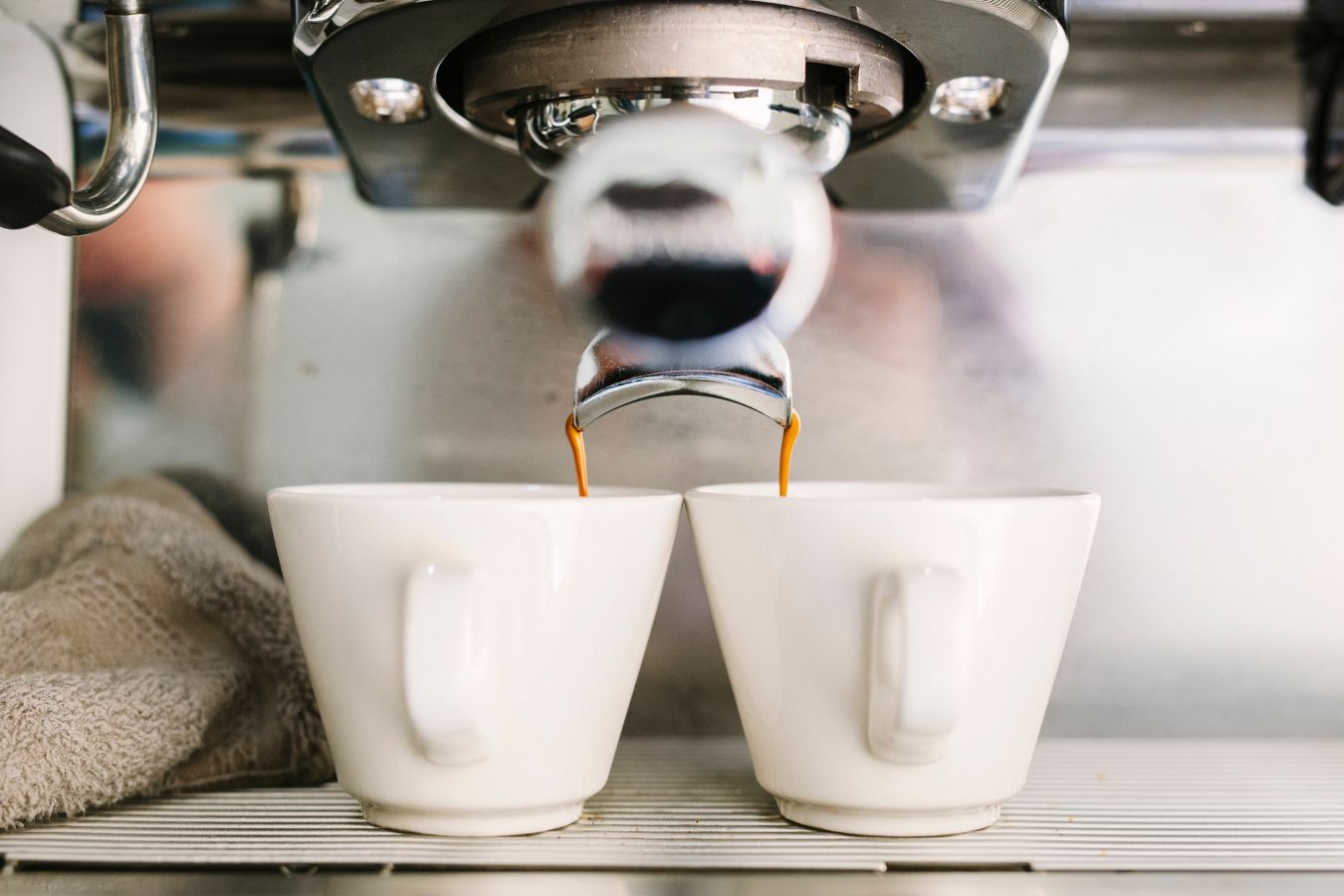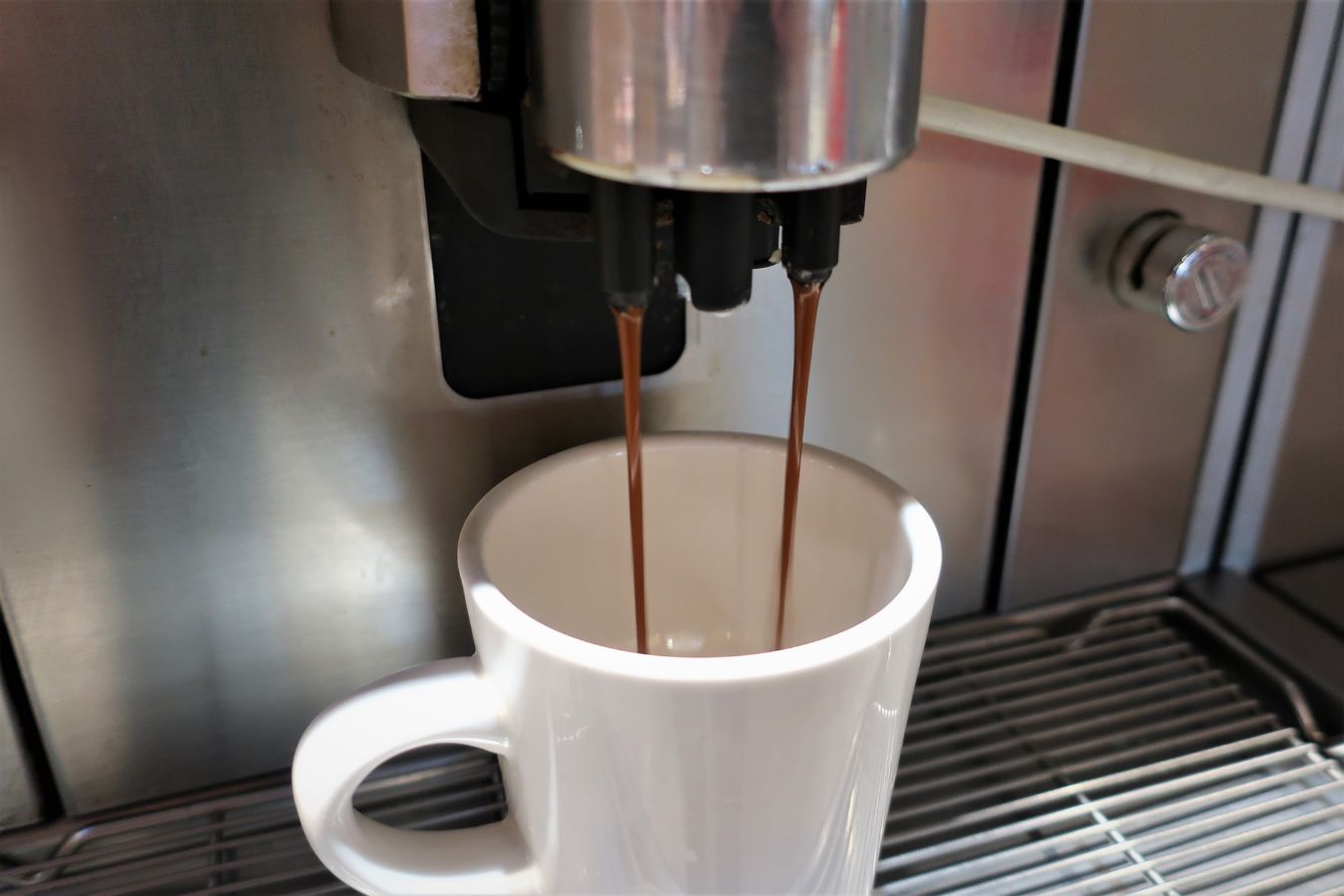
Extraction – Coffee Extract. The fundamentals of extraction are at the heart of any brewing method or procedure. Even though the essence of the extraction is straightforward: Bring water to a boil, then pour it over the coffee powder to dissolve as much as possible. On the other hand, Extraction is a remarkably sophisticated book that covers a wide range of scientific subjects.
You might think that extracting more or less from the coffee grinds would give you a stronger or weaker cup of coffee, but extraction isn’t that straightforward.
The problem with this method is that different compounds are extracted at different rates and at other times, resulting in various flavors depending on how much coffee is extracted. Fruity, acidic flavors are usually the first to show out, followed by deeper, heavier, and ultimately woody, bitter flavors. These are balanced in a well-extracted cup of coffee.
Optimal Extract
A refractometer is a piece of sophisticated technology used in the coffee business to determine the strength of the coffee and speculate on its level. Regrettably, the figures produced by this computer do not represent the entire picture of taste.

Water pressure, temperature, and other variables all affect the extraction process and flavor due to the homogeneity of the coffee powder. The 18-20% range is usually recommended for optimal it. This indicates that 20% of the coffee has been consumed (through water), and the remainder is coffee grounds.
The quality of the final extract is still determined by taste, so that the percentages may vary, but it’s still a valuable indicator. In the world of instant coffee, heat and multibrewing are used to maximize extraction. This enables extraction levels of up to 60%, making instant coffee the most efficient, but not the greatest, brewing method available.